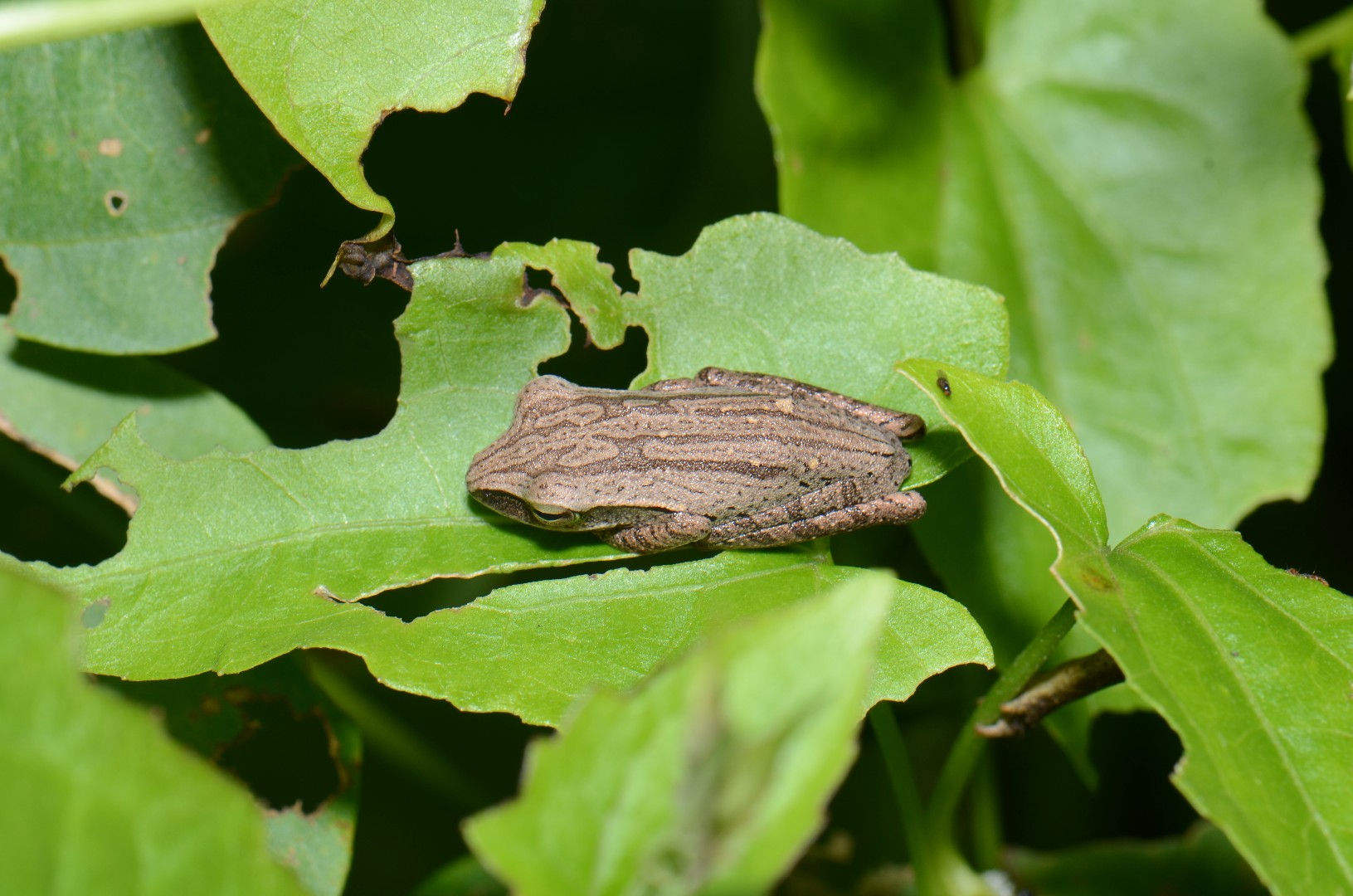Common tree frog
A species of Whipping frogs, Also known as Golden tree frog, White-lipped tree frog, Common Southeast Asian Tree Frog Scientific name : Polypedates leucomystax Genus : Whipping frogs
Common tree frog, A species of Whipping frogs
Also known as:
Golden tree frog, White-lipped tree frog, Common Southeast Asian Tree Frog
Scientific name: Polypedates leucomystax
Genus: Whipping frogs
Content
Description People often ask General Info
 Photo By Pavel Kirillov , used under CC-BY-SA-2.0 /Cropped and compressed from original
Photo By Pavel Kirillov , used under CC-BY-SA-2.0 /Cropped and compressed from original Description
Polypedates leucomystax is a species in the shrub frog family Rhacophoridae. It is known under numerous common names, including common tree frog, four-lined tree frog, golden tree frog or striped tree frog. Many past authors have united it with the common Indian tree frog in P. maculatus (or Rhacophorus maculatus, as was common in older times), but today they are generally considered distinct species. In its native range, it is also called "
People often ask
General Info
Lifespan
5-10 years
Diet
Common tree frog is a carnivorous species, predominantly feeding on small invertebrates. With a particular fondness for insects and spiders, they are expert ambush predators, adept at capturing unsuspecting prey in their environment.
Appearance
Common tree frog is a small to medium-sized frog with smooth skin. It has a slim body shape, a pointed snout, and long, slender legs. The overall coloration ranges from light to dark brown, sometimes with black spots. Its belly is often white. Notably, it has distinctive ridges above its eyes stretching to its shoulders. Males have a single vocal sac under the throat, which is inflated during the mating calls. There are no notable differences between age groups, genders, or subspecies.
Behavior
Common tree frog exhibits nocturnal, arboreal behavior, preferring to forage at night in a varied diet incorporating insects and other invertebrates. Breeding occurs during the rainy season, marked by males' distinctive calls. This solitary animal showcases territorial behavior, defending selected sites from rivals with aggressive posturing and vocalizations. Adaptations for survival include impressive jumping and swift climbing abilities to escape predators.
Population
Stable
Scientific Classification
Phylum
Chordates Class
Amphibians Order
Frogs and toads Family
Shrub frogs Genus
Whipping frogs Species
Common tree frog